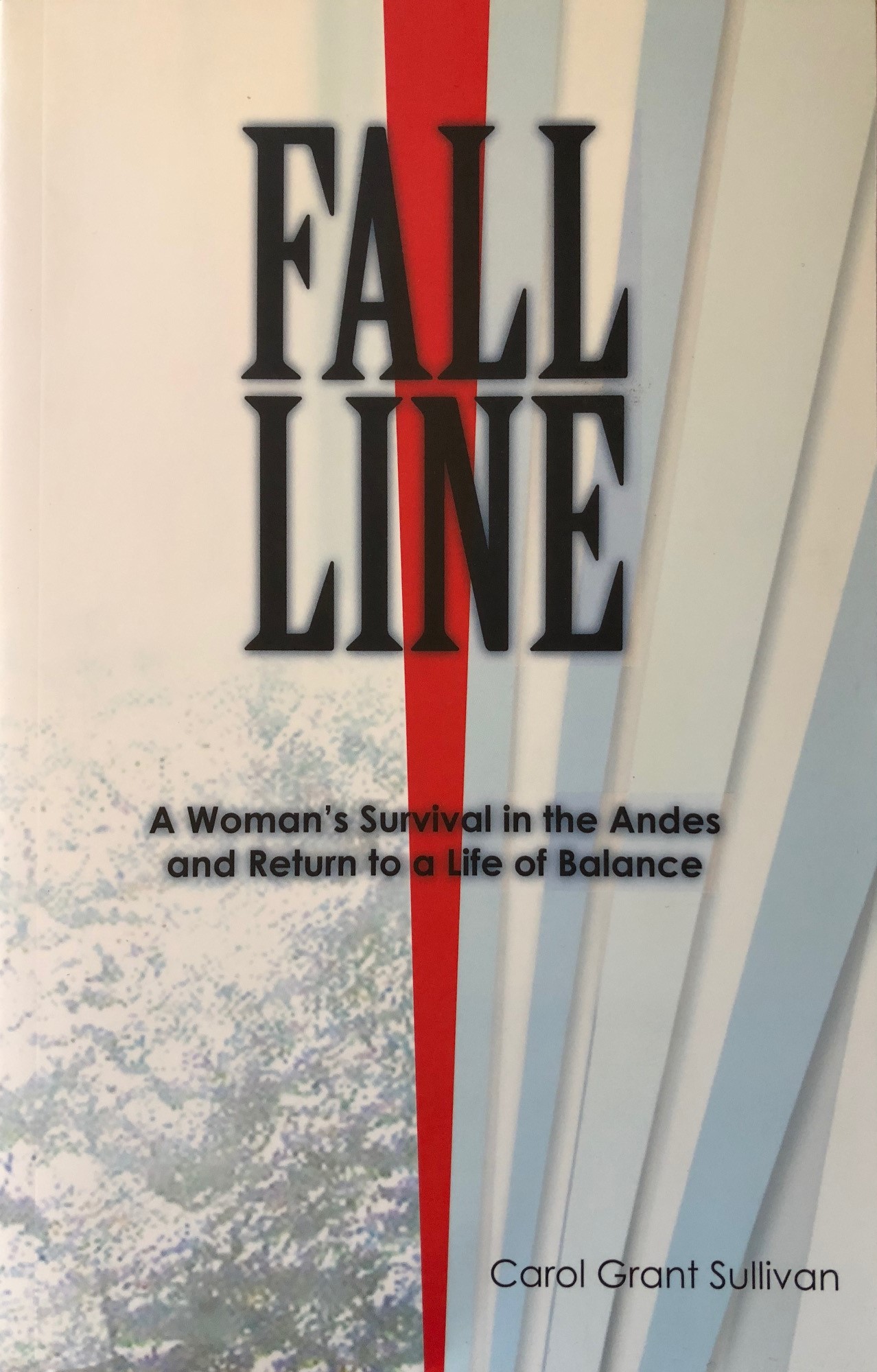corporate gerontology
corporate gerontology consulting
The growing population of people over 50 has led to a large number of senior services and service providers, among which is the gerontology consultant. A corporate gerontologist creates innovative business solutions for the mature market and is uniquely trained to apply knowledge of aging in developing specific products and services. The job of the gerontology consultant is vital to the older population, their families, and organizations in both the public and the private sector. Research is conducted in partnership with academic institutions and leads to understanding and better serving the mature market.
What is a Gerontology Consultant?
These are professionals trained in the basic issues of aging, who believe in the elements of “successful aging”, have a knowledge of general resources such as government entitlements, a current knowledge of resources and how to access them, and relationships with other relevant professionals, such as lawyers and financial advisors. These consultants view products, services and programs with a gerontological "eye". Gerontology consultants work to assess the needs of the older population. Consultants may work to find required healthcare services and also help source financial services, support organizations and social resources. These professionals work for financial services businesses, hospitals, hospices, area agencies on aging or nursing/retirement homes and publishers, but they may also function as private practice consultants who align themselves with organizations and individuals. They are utilized by them on an “as-needed” basis to find innovative and creative solutions, e.g. custom legacy publishing, and philanthropic alignments.
Penny Shore has worked as a gerontology consultant in the publishing industry, the financial education community and with medical publishing, e.g. programs preparing individuals for their financial retirement, and how to manage chronic illnesses.
New focuses include legacy memoirs, the grandparenting field and custom solutions for organizations serving the aging population.
Legacy publishing: personal memoir books
Everyone has a personal life story worth celebrating
How do you want to be remembered?
Whether you are an individual who would like to capture their life story in print, leave a legacy for their family and descendants, or teach based on their career accomplishments, Legacy Publishing, a Division of Shore Publishing, will make your book possible.
This custom book product is for any person who wants to share their legacy.
The book can be commissioned by an individual for their own goals, or it may be a celebration gift from one person to another e.g. a retirement gift from a corporation, or a gift to honour a parent around a special birthday.
the publishing services we provide
We work closely with our clients to achieve a comfortable environment within which we can make the publishing process as easy as possible, and to work within their time frame.
The service we offer includes all of the elements to achieve a final book:
securing the professional team e.g. writer, editor, designer and printer
arranging interviews with the writer to develop the story text
working with photographs and images provided by the client for book content
meeting with a designer to choose fonts and layout options
providing a hard copy of the final draft book for the client’s approval
a printing/production expert to select paper, cover and binding materials
offering a digital version of the book
research studies:
FED DEV INDUSTRY INNOVATION Research Study
conducted by P. SHORE & aSSOCIATES INC., 2012
Study partners included Pollara Research and Seneca College, Toronto
EXECUTIVE SUMMARY
Canadian employees aged 40 and over are feeling the pinch of being ill-prepared for retirement, and thus far their employers have not done enough to help...
When comparing results from a commissioned national survey (Pollara) of full-time employed Canadians aged 40 to 65 together with the results of over 30 in-depth discussions with Senior Human Resources executives, from across Canada in a range of industries, some important gaps emerged. Combined, these gaps help to explain the pervasive problem in Canada of insufficient retirement planning.
No fewer than two in five older workers in Canada are not confident they will be able to retire when they want to and how they want to. The issue is simple: fully three quarters of Canadian workers who are at least 40 years of age say that people should start planning for their retirement earlier than they did. The regret conveyed by survey respondents was palpable. A majority agree that they could really use more information and expertise to help them plan better for their future, and a large percentage of employees said that if their workplace offered a financial education package to help them plan for their retirement, they would likely use it.
This research studied both the specific content and format that employees indicated they would prefer in this training and also analyzed the gap between what employees and employers thought should be offered.
In addition to these gaps, related to the desire for and format of a financial education / retirement planning tool, the research has also revealed a gap in the recognition of age discrimination in the workforce.
Collectively, these gaps would appear to indicate that Canadian employers have not been doing a sufficient job of recognizing two pervasive issues among an aging workforce. First, judging from the lack of retirement readiness of Canadian workers aged 40 and over, Canadian employers are failing to realize that how much their help is needed. Secondly, age discrimination exists on a far grander scale than employers are prepared to acknowledge.
In summary, the research has highlighted an urgent need for employers to offer a more effective financial education / retirement planning product to their employees. The report outlines solutions to the issues of content and format of appropriate financial planning educational programs for employees.
Facts and statistics, canada
Statistics Canada, May, 2017
Census results show to what extent the Canadian population is aging. These trends have many implications, including on the labour market, retirement, health care and services, housing, public transportation and consumption. Population aging also varies greatly from one region to the next across the country.
In Canada, within the population aged 15 to 64, the proportion of people between 55 and 64 years (all baby boomers) reached a record high of 21.0% in 2016, or just over one in five people.
A generational shift in Canada: More seniors now than children
As a result of the rapid increase in the number of people 65 years of age and older since 2011, 2016 marked the first time that the census enumerated more seniors (5.9 million) than children 14 years of age and younger (5.8 million).
For the first time, the share of seniors (16.9%)—the share they represent of the total Canadian population—exceeded the share of children (16.6%). The increase in the proportion of seniors from 2011 to 2016 was the largest observed since 1871—a clear sign that Canada's population is aging at a faster pace.
The 2016 Census enumerated 23.4 million 15 to 64 year olds, or 66.5% of the total population. This was down from 68.5% in 2011.
In addition to the baby boomers getting older, these lasting changes are also due to two other trends that will likely continue in the future. The increasing life expectancy of Canadians is gradually bringing the number and proportion of seniors upward, while continuous low fertility rates since the 1970s limit the number of children and drives down their share in the overall population.
Although 30 years of sustained immigration has had a significant impact on Canada's population growth, it did not have much influence on the aging of the population for two reasons. First, immigration flows have been relatively stable since the late 1980s. Secondly, most immigrants arriving in Canada are in their thirties and grow older here in Canada.
One in four Canadians could soon be 65 years of age and older
In 1871, four years after Confederation, more than two in five Canadians were 14 years of age and younger and 3.6% of the population was 65 years of age and older. The life expectancy of Canadians at the time was 40 years and only one in three people reached the age of 65. Today, life expectancy is over 82 years, and 9 in 10 people can expect to reach 65 years of age.
According to population projections, the difference between the number of seniors and children is expected to increase. By 2061, there could be 12 million seniors and fewer than 8 million children.
By 2031, close to one in four Canadians (23%) could be 65 years of age or older, while the proportion of children 14 years of age and younger could remain similar to the 2016 level (16%). The share of people aged 15 to 64 will likely continue to decrease.
An increasingly female population
Given that women have a longer life expectancy than men, the aging of the Canadian population is also changing the distribution by sex.
Since the mid-1970s, there have been slightly more women than men in Canada. In 2016, women accounted for 50.9% of the total population. This proportion is likely to continue to increase as the large generation of baby boomers grows older.
Among people 65 years of age and older, the number of women exceeded the number of men by more than 20% and there were two women for every man in the 85-and-older population. However, there are major differences between certain regions of Canada (see section on municipalities).
People aged 85 and older: A fast-growing population
Between 2011 and 2016, the number of people aged 85 and older grew by 19.4%, nearly four times the rate for the overall Canadian population, which grew by 5.0% during this period.
As a result, over three-quarters of a million (770,780) people aged 85 and older were enumerated in the 2016 Census—a record high, and more than seven times the number enumerated in 1966. In 2016, people aged 85 and older represented 2.2% of the Canadian population. Japan is currently the country with the highest share of people aged 85 and older, with about 4.0% of its total population in this age group.
In Canada, this population will likely continue to increase rapidly in coming decades because life expectancy is increasing and because the large baby boomer cohorts (people born between 1946 and 1965) will reach age 85 starting in 2031. By 2051, when the youngest baby boomers reach age 85, slightly less than 2.7 million people, or 5.7% of the population in Canada, will likely be aged 85 and older.
Summary:
In 2016, there were over three-quarters of a million (770,780) people aged 85 and older living in Canada, representing 2.2% of the Canadian population overall and about 13.0% of the population aged 65 and older.
The number of people aged 85 and older grew by 19.4% over the period from 2011 to 2016, nearly four times the rate for the overall Canadian population. The centenarian population (i.e., those aged 100 and older) grew even faster, by 41.3%, to reach 8,230 people, making it the fastest-growing age group between 2011 and 2016.
There were nearly two women for every man aged 85 and older, which mostly reflects the differences in life expectancy between the sexes. Among centenarians, this ratio is higher, at five women for every man.
In 2016, one-third (32.0%) of people aged 85 and older lived in collective dwellings such as nursing homes and residences for senior citizens. This proportion grew to two-thirds (66.6%) among centenarians.
Many municipalities with a high proportion of people aged 85 and older in 2016 were located in British Columbia.
facts and statistics, usa
From the Population Reference Bureau, USA
Demographic Shifts
The number of Americans ages 65 and older is projected to more than double from 46 million today to over 98 million by 2060, and the 65-and-older age group’s share of the total population will rise to nearly 24 percent from 15 percent.
The older population is becoming more racially and ethnically diverse. Between 2014 and 2060 the share of the older population that is non-Hispanic white is projected to drop by 24 percentage points, from 78.3 percent to 54.6 percent.
The changing racial/ethnic composition of the population under age 18, relative to those ages 65 and older, has created a “diversity gap” between generations.
Older adults are working longer. By 2014, 23 percent of men and about 15 percent of women ages 65 and older were in the labor force, and these levels are projected to rise further by 2022, to 27 percent for men and 20 percent for women.
Many parts of the country—especially counties in the rural Midwest—are “aging in place” because disproportionate shares of young people have moved elsewhere.
Positive Developments
Education levels are increasing. Among people ages 65 and older in 1965, only 5 percent had completed a bachelor’s degree or more. By 2014, this share had risen to 25 percent.
Average U.S. life expectancy increased from 68 years in 1950 to 79 years in 2013, in large part due to the reduction in mortality at older ages.
The gender gap in life expectancy is narrowing. In 1990, there was a seven-year gap in life expectancy between men and women. By 2013, this gap had narrowed to less than five years (76.4 years versus 81.2 years).
The poverty rate for Americans ages 65 and older has dropped sharply during the past 50 years, from nearly 30 percent in 1966 to 10 percent today.
Challenges
Obesity rates among older adults have been increasing, standing at about 40 percent of 65-to-74-year-olds in 2009-2012.
There are wide economic disparities across different population subgroups. Among adults ages 65 and older, 18 percent of Latinos and 19 percent of African Americans lived in poverty in 2014—more than twice the rate among older non-Hispanic whites (8 percent).
More older adults are divorced compared with previous generations. The share of divorced women ages 65 and older increased from 3 percent in 1980 to 13 percent in 2015, and for men from 4 percent to 11 percent during the same period.
More than one-fourth (27 percent) of women ages 65 to 74 lived alone in 2014, and this share jumps to 42 percent among women ages 75 to 84, and to 56 percent among women ages 85 and older.
The aging of the baby boom generation could fuel a 75 percent increase in the number of Americans ages 65 and older requiring nursing home care, to about 2.3 million in 2030 from 1.3 million in 2010.
Demand for elder care will also be fueled by a steep rise in the number of Americans living with Alzheimer’s disease, which could nearly triple by 2050 to 14 million, from 5 million in 2013.
The large share of elderly also means that Social Security and Medicare expenditures will increase from a combined 8 percent of gross domestic product today to 12 percent by 2050.
Policymakers can also improve the outlook for the future by reducing current gaps in education, employment, and earnings among younger workers.




